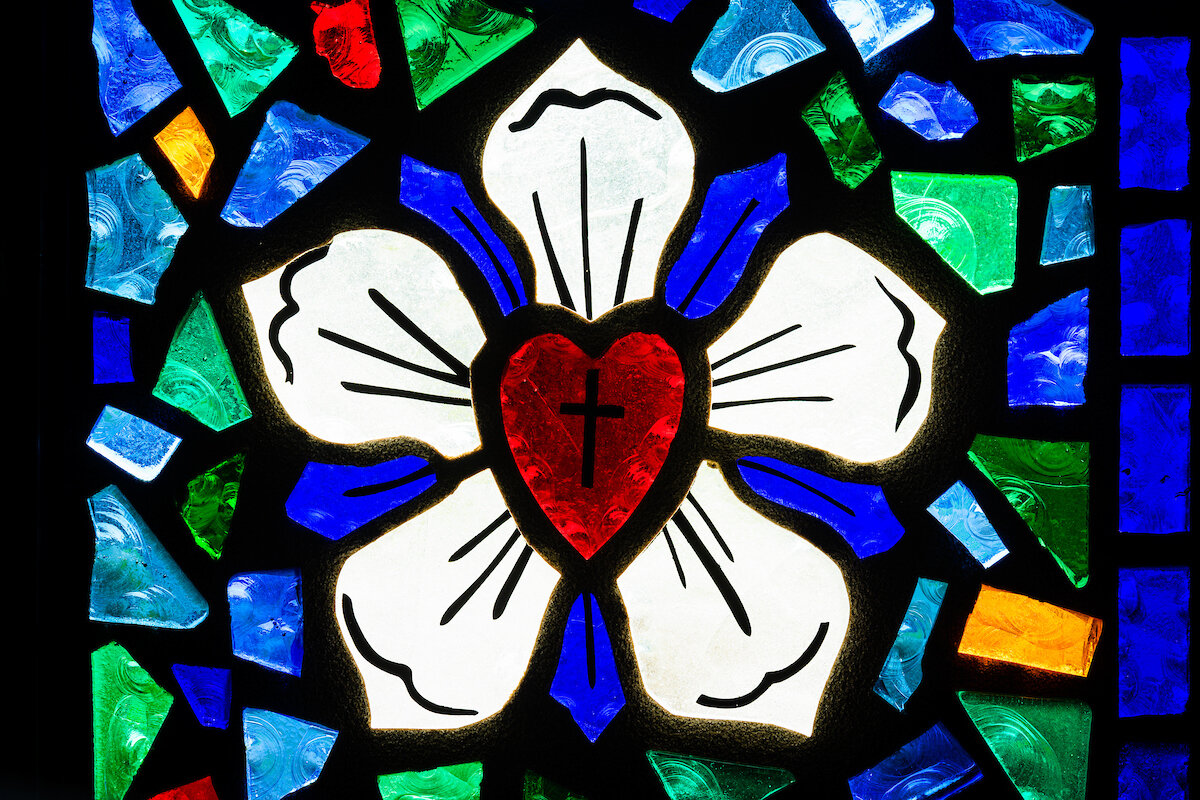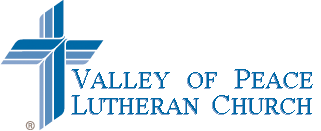
About the Lutheran Church
Martin Luther – monk, seeker, reformer
Like many today, Martin Luther sought a closer relationship with God. His quest resulted in the beginning of the Protestant Reformation. The following resources offer insight into Martin Luther, the Christian Reformation and other Lutheran ideals and teachings.
What is the Lutheran Church Missouri Synod?
In the 19th-century German Kingdom of Saxony, Lutheran pastor Martin Stephan and many of his followers found themselves increasingly at odds with the rationalism, Christian ecumenism, and the prospect of a forced union of the Lutheran church with the Reformed church. In order to freely practice their Christian faith in accordance with the Lutheran confessions outlined in the Book of Concord, Stephan and between 600 and 700 other Saxon Lutherans left for the United States in November 1838.
After a brief stopover in New Orleans, the group arrived in St. Louis on January 19, 1839. The immigrants ultimately settled in Perry County, Missouri, and in and around St. Louis. Shortly after arriving in St Louis, Stephan was replaced by C. F. W. Walther as the leader of the colony. LCMS Lutherans were often referred to ‘German Lutherans’ due to their retention of the German language in worship. However, by the 20th century, most LCMS congregations worshiped in English.
The Missouri Synod believes that justification comes from God "by divine grace alone, through faith alone, on account of Christ alone." It teaches that Jesus is the focus of the entire Bible and that faith in him alone is the way to eternal salvation. The synod rejects any attempt to attribute salvation to anything other than Christ's death and resurrection.
LCMS believes in the three principles of the reformation: Sola Scriptura, Sola Gratia, Sola Fides" ("only scripture, only grace, only faith"). Like other protestant denominations, Lutherans emphasize scripture over tradition, faith over works, and grace over merit.
In 2015 the LCMS reported 2.1 million members and 6,105 churches, with 6,094 active clergy. LCMS churches are in all 50 states, with a historic concentration in the Midwest.
